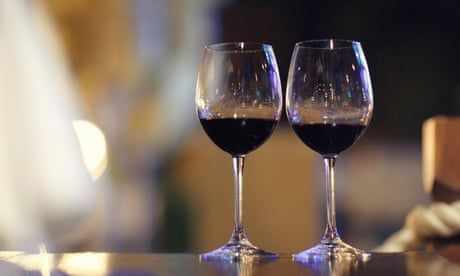
Alcohol duty and how it affects the way wines taste – and are made
Equilibriste Chenin Blanc, Loire, France 2023 (£8.99, Waitrose) I’m not sure if Rachel Reeves is a wine lover. And given the fuss she’s made of the straitened circumstances of the public finances, I would in any case have been naive to think she might have cut the UK’s famously high wine duty in her first Budget. But there is one aspect of the wine duty regime that I still hope she might fix: rethinking the introduction of a sliding scale where the duty increases with every 0.5% in the wine’s abv. First cooked up by one of Reeves’s wine-averse predecessors, Diet Coke-loving Rishi Sunak, the new system has been in place for more than a year now, with the transition from the previous regime initially smoothed by taxing all wines between 11.5% and 14.5% as if they were 12.5%. That “easement” is due to come to an end in February, however, which would mean a 14.5% abv wine would incur a 67p premium over 11% bottles such as Waitrose’s crisp, appley new Loire dry white.
Taste the Difference Ile de Beauté Rosé, Corsica, France 2023 (£10, Sainsbury’s) Under the new system, it makes sense for a producer looking to avoid incurring extra costs when they sell their wine in the UK to get their wines to as low an abv as possible. But that’s not always conducive to quality. That’s because, when winemakers pick their grapes, they are looking first and foremost for what is known as flavour ripeness: that moment when the compounds that give wine its complex flavours and textures have reached maturity. The longer the grapes take to get ‘flavour ripe’, the more sugar they accumulate, and the more sugar there is, the higher the alcohol after fermentation. But the ripening process is unpredictable, and changes according to the grape variety, location, vintage conditions (weather) and desired style. Some wines – such as the Waitrose chenin and the soft-pastel brushwork of Sainsbury’s delicate 11% abv Corsican pink – hit their ripeness sweet spot with low levels of sugar (and alcohol). Others, however, will need far higher sugar (and therefore alcohol) if they’re not to taste unripe (aka, in layman’s terms, bad).
Continue reading...